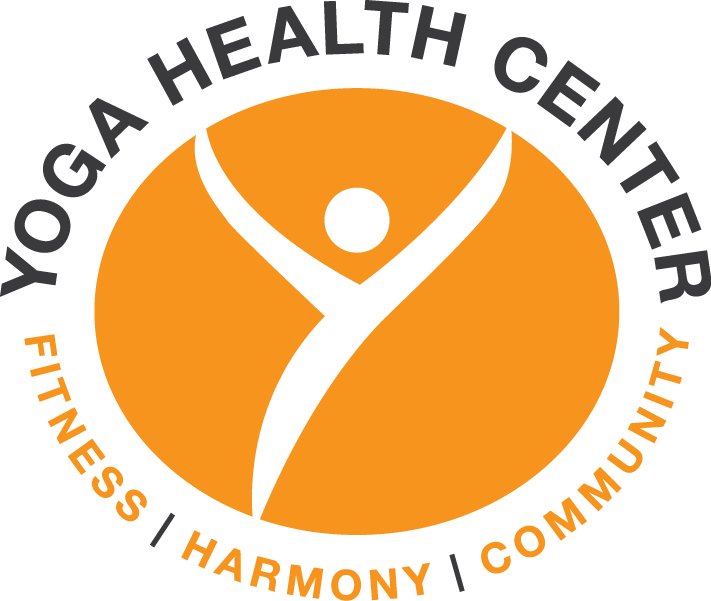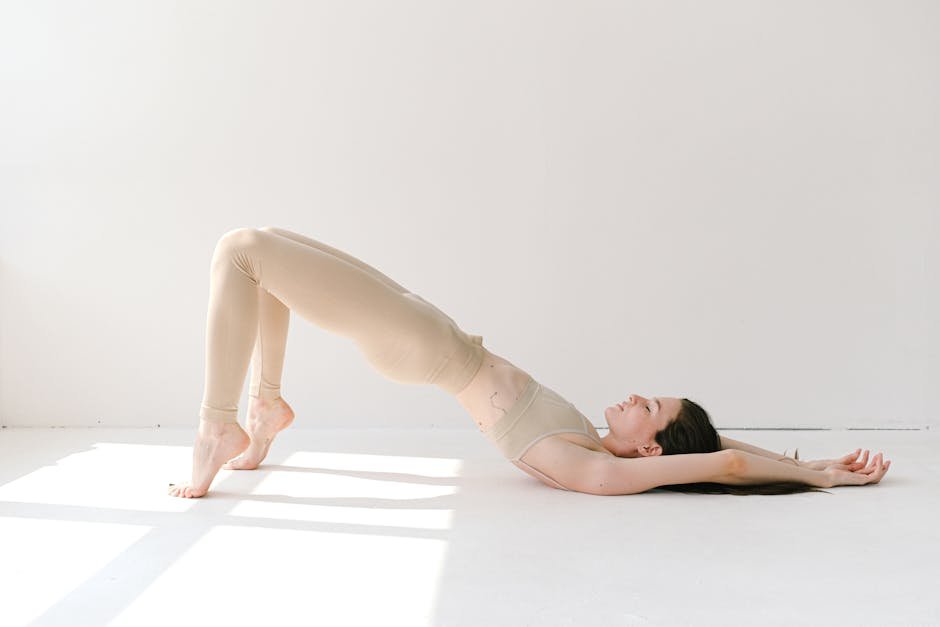5 Therapeutic Yoga Practices to Enhance Your Mental and Physical Wellbeing
Introduction to Therapeutic Yoga
Therapeutic Yoga isn't just a fancy term. It's yoga with a purpose, focusing on healing the body and mind. Unlike regular yoga classes that aim for physical fitness and flexibility, therapeutic yoga targets specific health issues. It's a blend of restorative yoga, gentle yoga poses, breathwork, and meditation to address and ease mental stress and physical ailments. This yoga form is perfect for everyone, regardless of age or fitness level, because it adapts to what your body needs. There's no competition or rush to hit those tough poses. Instead, it's all about listening to your body and moving in a way that supports healing and wellness. Whether you're dealing with chronic pain, anxiety, recovering from surgery, or just looking for a stress-reliever, therapeutic yoga offers a pathway to better health. By incorporating it into your routine, you're taking a step towards a balanced and healthier life. So, if you've been on the fence about yoga, think of therapeutic yoga as your gateway to not just better physical health but also a peaceful mind.
Understanding the Connection Between Yoga and Wellbeing
Yoga is more than just stretching and holding poses. It's a complete mind and body workout that connects your physical health to your mental peace. Think about it as a bridge that brings your body and mind together, helping you feel more grounded and in tune with yourself. This ancient practice combines physical postures, breathing exercises, and meditation to boost your overall wellbeing. When you're on your yoga mat, you're not just working on making your body stronger and more flexible. You're also clearing out stress, calming your mind, and improving your mood. Regular yoga practice can decrease stress, reduce feelings of anxiety, improve sleep, and even enhance your attention and concentration. So, while you're bending into a downward dog or holding a warrior pose, remember, you're taking care of both your body and your mind. It's this powerful connection that makes yoga a key player in maintaining a balanced, healthy lifestyle.
The Benefits of Therapeutic Yoga for Mental Health
Therapeutic yoga isn't just about stretching your body. It's a powerful tool for calming your mind and boosting your mood. This kind of yoga uses specific poses, breathing techniques, and meditation to target your mental health. It's like giving your brain a good, healthy meal. First up, it reduces stress. Life throws a lot at us, but therapeutic yoga teaches you how to breathe through the chaos. This deep breathing signals your brain to chill out, reducing feelings of stress. Then there's anxiety. If your mind often runs wild with worries, yoga's meditative practices can help you stay in the present, cutting down those anxious thoughts. Depression isn't off the list either. By promoting relaxation and mindfulness, therapeutic yoga can be a strong ally in lifting your spirits and providing a sense of stability. And let's not forget about sleep. If you're someone who tosses and turns at night, the calming effect of yoga can help you catch those Zs, improving your overall rest. So, by weaving therapeutic yoga into your routine, you're not just doing your body a favor; you're giving your mental health the attention it deserves.
How Therapeutic Yoga Improves Physical Health
Therapeutic yoga isn't just about flexibility or mastering poses. It's a powerful tool for improving your physical health in ways you might not expect. First off, it boosts your immunity. When you practice yoga, you're essentially giving your immune system a helping hand. The movements and breathing exercises help circulate blood more efficiently, sending more oxygen to your vital organs. Then there's the pain relief aspect. Whether it's a backache, joint pain, or tension headaches, the gentle stretches and postures in therapeutic yoga can help ease discomfort. It's about listening to your body and moving in a way that supports healing. Yoga also strengthens your muscles and improves posture. It's not about bulking up but building a balanced body. By focusing on core strength, you're less likely to injure yourself in daily activities. Plus, a strong core means a better posture, reducing the risk of back pain. Last but not least, yoga can amp up your energy levels. It might seem counterintuitive—how does moving slowly and breathing deeply give you energy? It's all about balance. Yoga helps regulate your sleep patterns and reduces stress, both of which play a huge role in how energized you feel during the day. In summary, therapeutic yoga works wonders for your physical health by enhancing your immune system, alleviating pain, strengthening muscles, improving posture, and boosting energy levels. It's a holistic approach to feeling good in your body.
Practice 1: Mindful Breathing for Stress Reduction
Mindful breathing is more powerful than most people think. It's a simple yet effective way to reduce stress. Here’s the thing: when you focus on your breath, you're telling your body to chill out. It's like hitting the pause button on whatever is stressing you out. First thing you gotta do is find a quiet spot. Sit down or lay flat, whatever feels right. Now, breathe in slow through your nose, let your chest and belly fill with air. Hold it for a sec. Then, exhale slowly through your mouth. Keep it slow, keep it steady. That’s the whole game. Do this for a few minutes. Even just five minutes of this, and you'll feel the difference. Stress levels down, calmness up. It’s not magic, but it might as well be. So, next time you're feeling the weight of the world, remember: breathe. It's your built-in stress buster.
Practice 2: Gentle Asanas for Flexibility and Strength
Gentle Asanas, or yoga poses, are a core part of therapeutic yoga that aim to boost both your flexibility and strength, vital for your overall wellbeing. These poses are not about pushing your body to its limits but gently encouraging it to stretch and grow stronger. When you start including these gentle Asanas in your daily routine, you're not just working on your physical self; you're also giving your mental health a boost. Here's the deal - practicing these poses helps reduce stress, ease anxiety, and improve your mood. Let's get straight to it. Start with poses like Tadasana (Mountain Pose), which is standing tall and breathing deep. It's the foundation for all other Asanas. Then, ease into Balasana (Child's Pose) for a gentle stretch of your back, hips, thighs, and ankles. This pose is also great for calming the mind. Move to Bhujangasana (Cobra Pose) to strengthen your spine and relieve stiffness. Don't rush; these poses are about gentle movement and listening to your body. Incorporating these gentle Asanas into your life isn’t just exercise; it’s a form of self-care that nurtures both body and mind. Keep at it, and you'll notice improvements not just in your physical flexibility and strength but also in your mental resilience.
Practice 3: Meditation Techniques for Mental Clarity
Meditation is your mental gym. It's where you give your brain a workout, sharpen your focus, and clear the fog. Think of your mind like a cluttered desk, and meditation is the process of tidying things up, making space for what truly matters. Now, you don't need to sit cross-legged on some mountain to get it right. Here’s a straightforward approach. First, find a quiet spot. Could be your room, a park, anywhere you won't be disturbed. Plant yourself comfortably, could be sitting or lying down, just make sure your back isn't slouching. Close your eyes, and let's keep it simple – focus on your breath. Your mind's gonna wander, it loves to do that. But that's fine. Notice those thoughts, and then kindly bring your attention back to your breathing. It’s not about emptying your mind but rather not holding on to the thoughts that come. Do this daily, even just 5 minutes can make a difference. Over time, you might just find that your mind’s a bit sharper, your stress levels down, and that things that used to rattle you don’t make much noise anymore. Meditation isn’t a quick fix; it's a practice, like getting better at a sport. The more you do it, the stronger your mind gets.
Practice 4: Yoga Nidra for Deep Relaxation
Yoga Nidra, known as yogic sleep, is a powerful practice for achieving deep relaxation. Unlike what the name might suggest, you’re not napping. Instead, you enter a state of consciousness that's between waking and sleeping. It's about reaching a profound sense of calmness and awareness. Here's the thing: it’s super simple. You lie on your back, close your eyes, and follow the instructor's voice. They guide you through relaxation of every part of your body, breath by breath. The beauty of Yoga Nidra? It can lower stress, reduce insomnia, and even help with anxiety and depression. All you need is a quiet space and about 15-30 minutes. That’s it. Imagine hitting a reset button for your mind and body. That's Yoga Nidra for you. Give it a try and feel the difference in your mental and physical wellbeing.
Practice 5: Restorative Yoga Poses for Healing
Restorative Yoga is like a soothing balm for both mind and body. This practice focuses on holding poses for longer, using props like yoga blocks, bolsters, and blankets to fully support the body. The aim? To encourage deep relaxation and healing. The beauty of Restorative Yoga lies in its simplicity and its power to bring about profound changes in mental and physical health. It's perfect for anyone, especially if you're recovering from stress or injury. Here, comfort is king. You gently ease into each pose, letting the support hold you, as tensions melt away and healing begins. This practice teaches patience and mindfulness, as you learn to listen deeply to your body. Dive into Restorative Yoga, and discover a sanctuary of peace within yourself. It's not just about flexibility; it’s about fostering an environment where healing thrives.
Integrating Therapeutic Yoga Into Your Daily Routine
Making therapeutic yoga a part of your daily routine isn't as hard as it might seem. First things first, start small. Even a few minutes every day can pave the way for big changes. Pick a set time, perhaps in the morning to kickstart your day or in the evening to wind down. Consistency is key. Next, choose simple poses to begin with. You don't need to be a yoga guru to benefit from poses like Child's Pose, Mountain Pose, or some gentle stretching. Listen to your body and do what feels right; push a little but never too hard. Incorporating mindfulness or meditation for a few minutes before or after your poses can enhance the benefits, linking breath to movement. And if sticking to a routine feels tough, pull in a buddy. Having a friend join you can keep you motivated. Remember, therapeutic yoga is about connecting with yourself and fostering both physical and mental wellbeing. Give it time, and you'll feel the difference.


